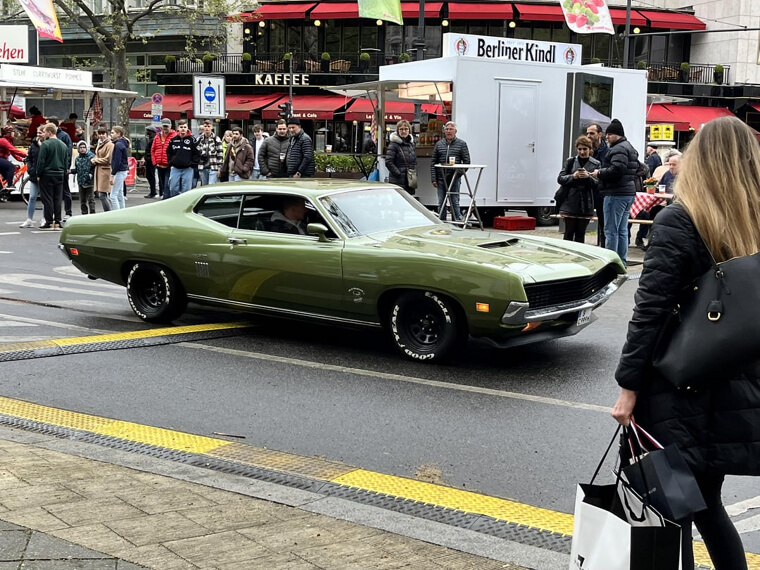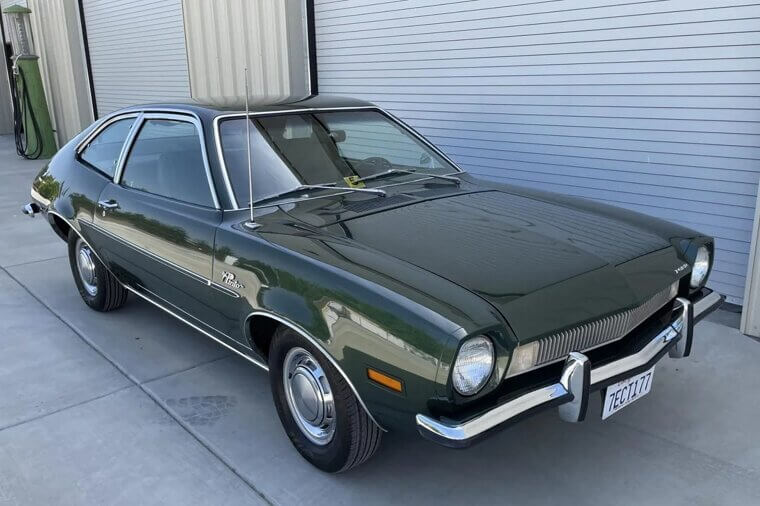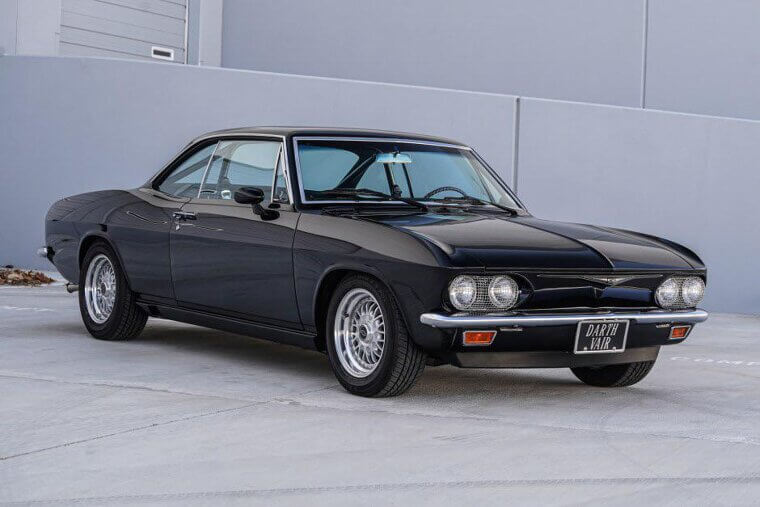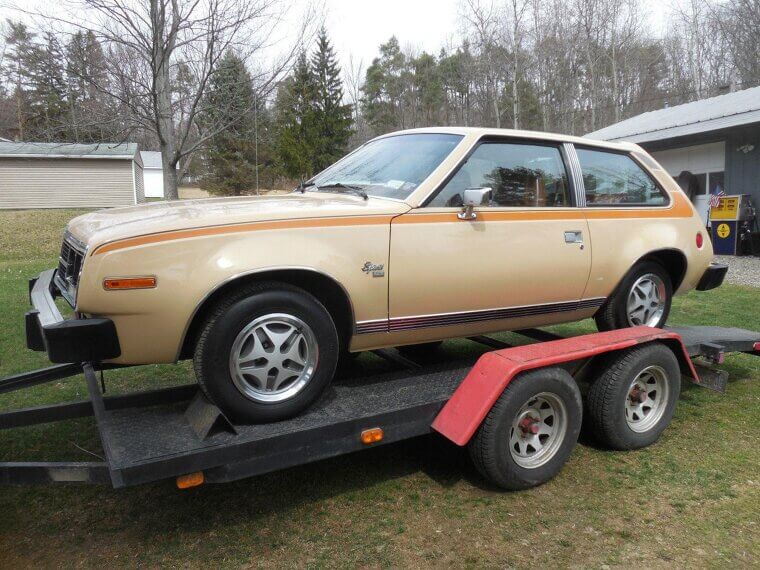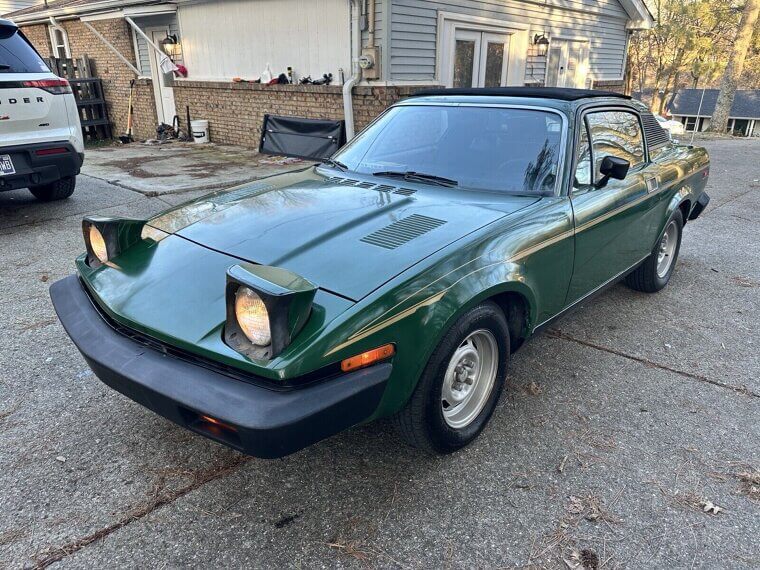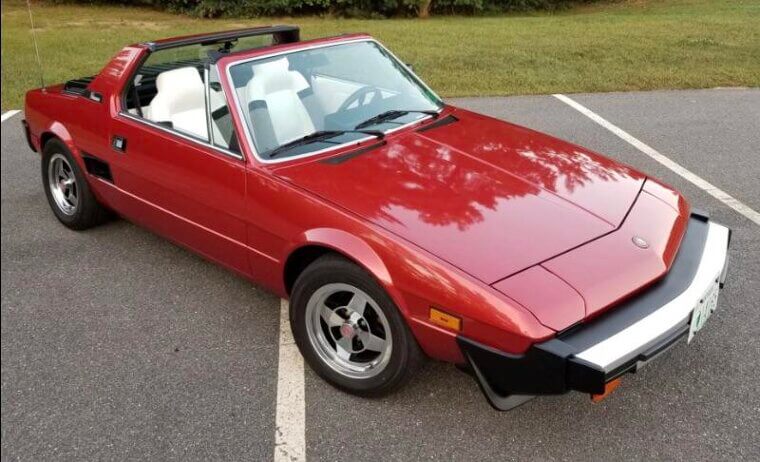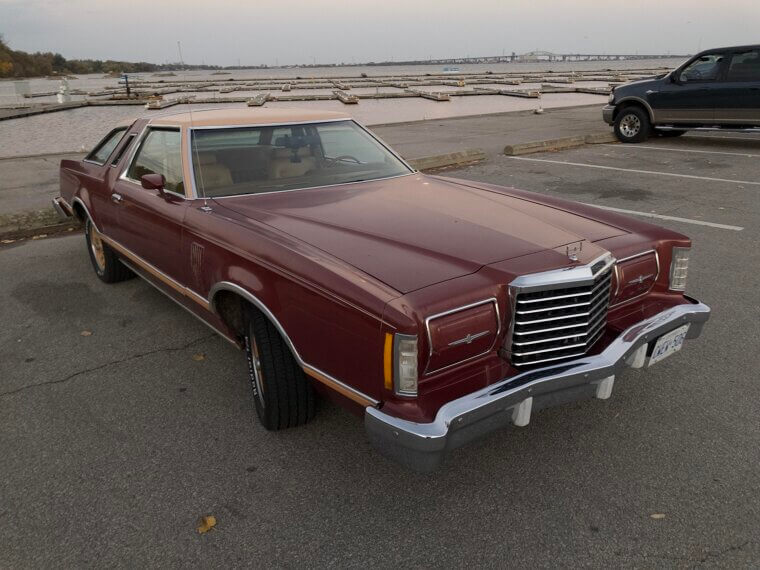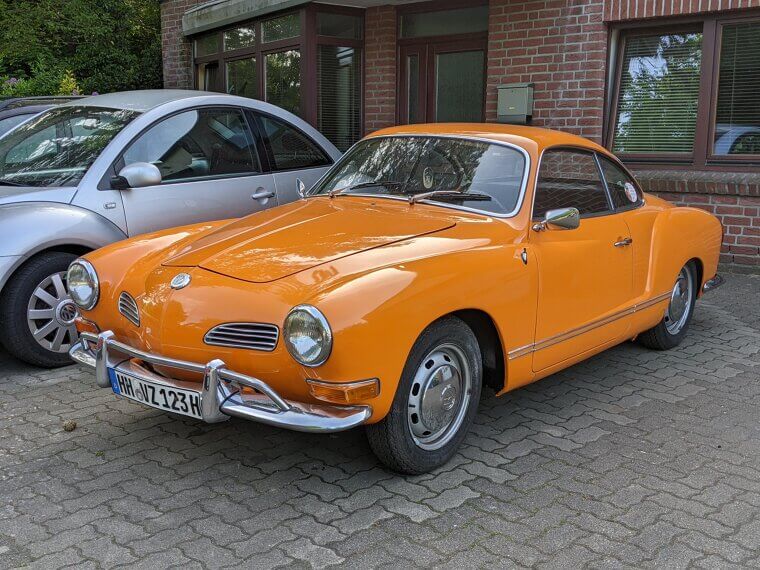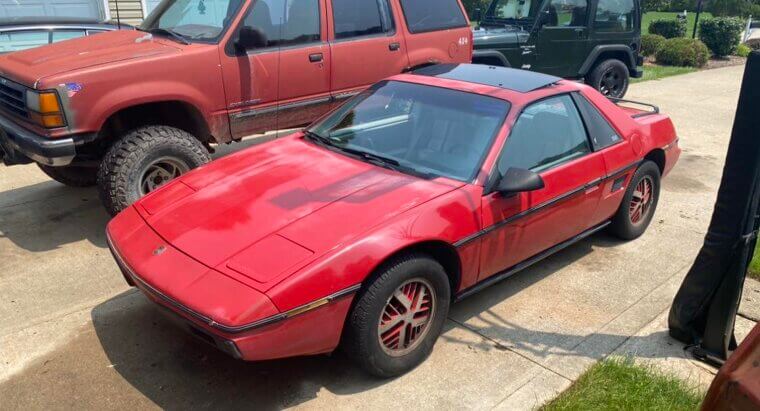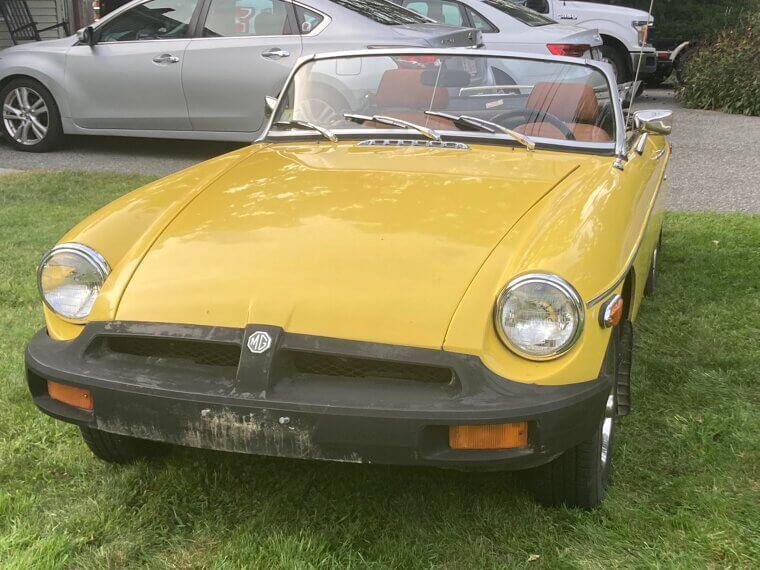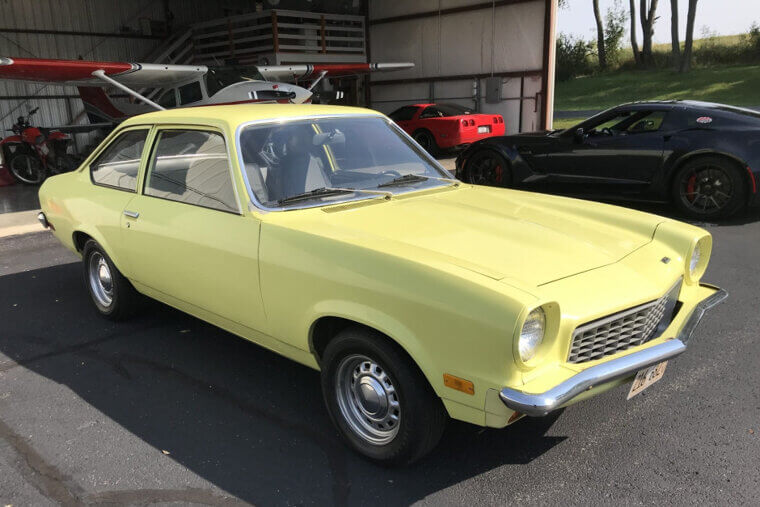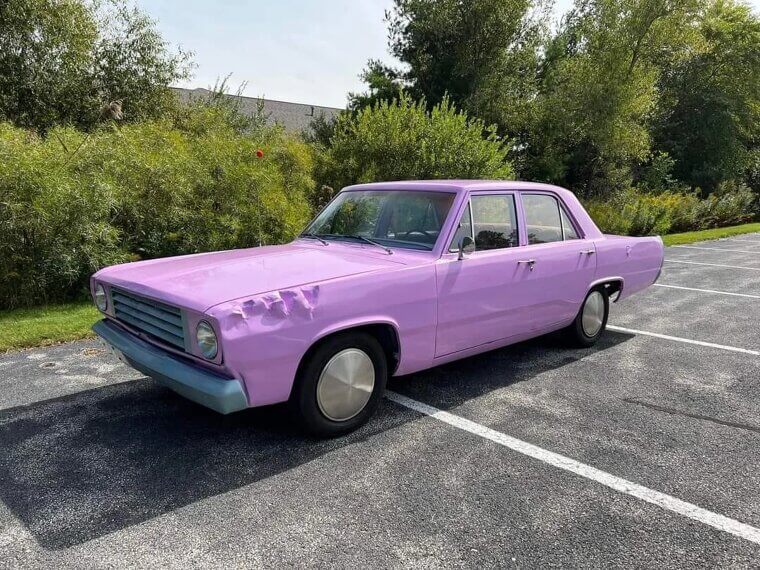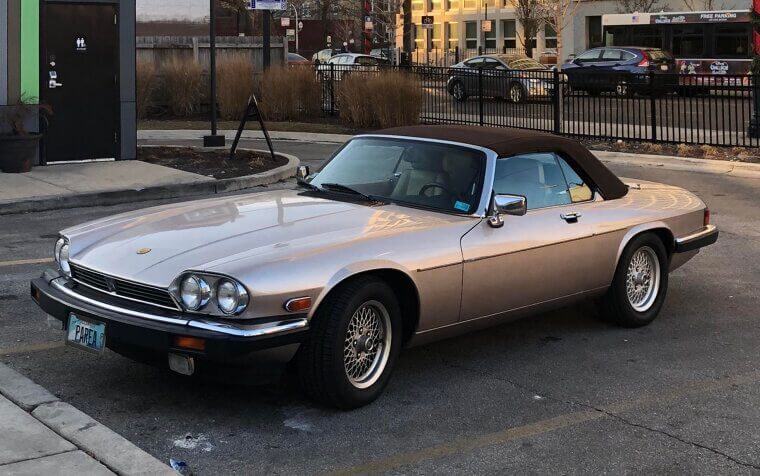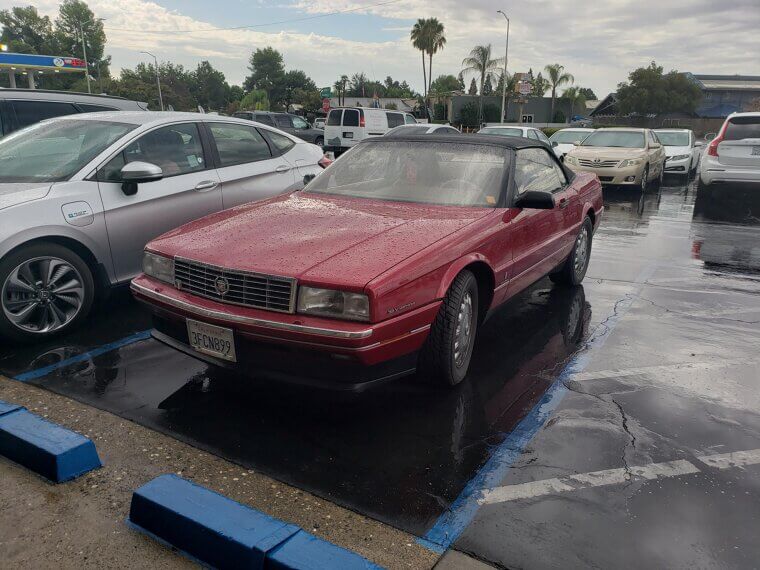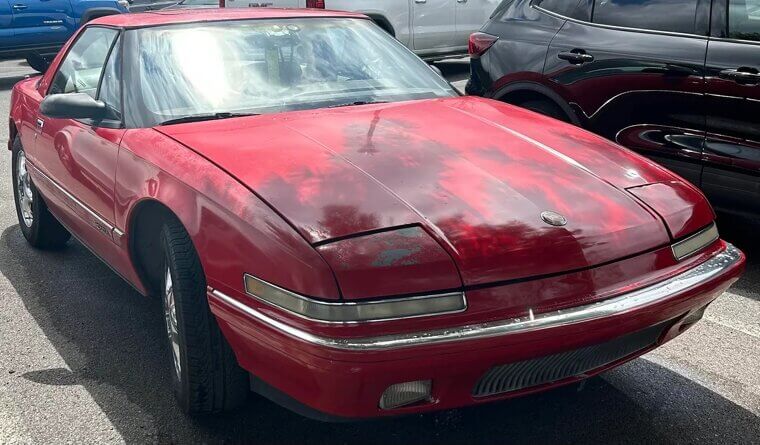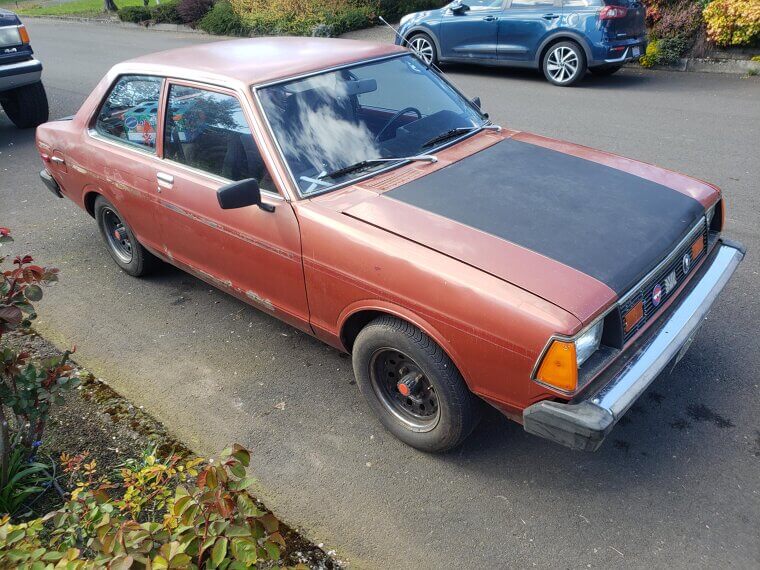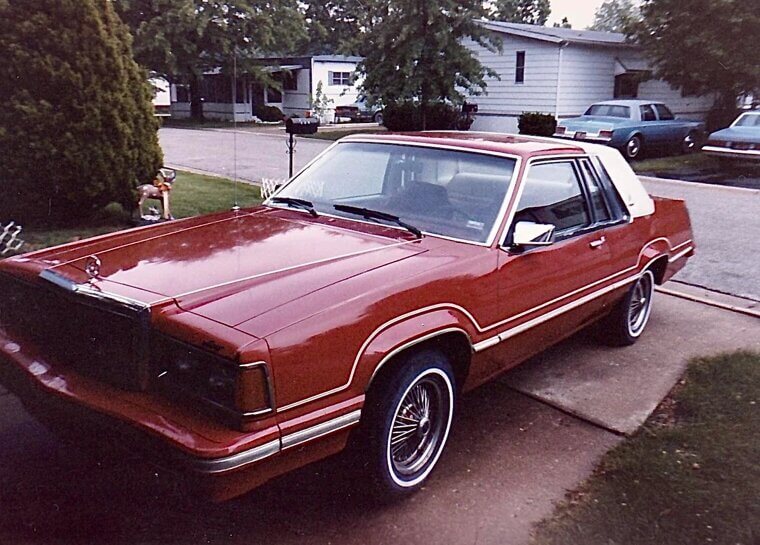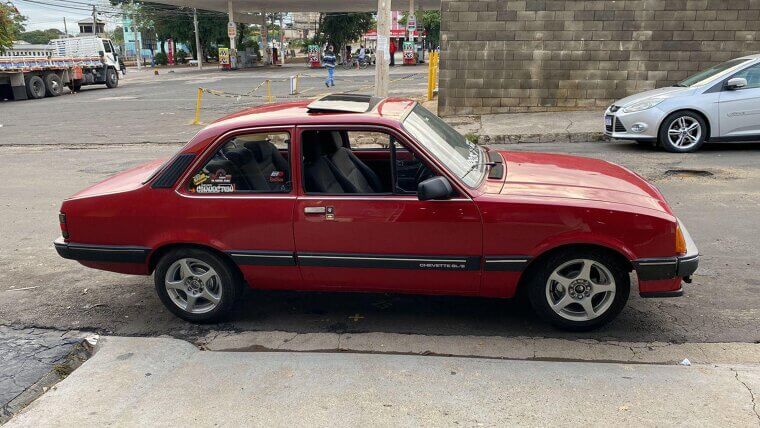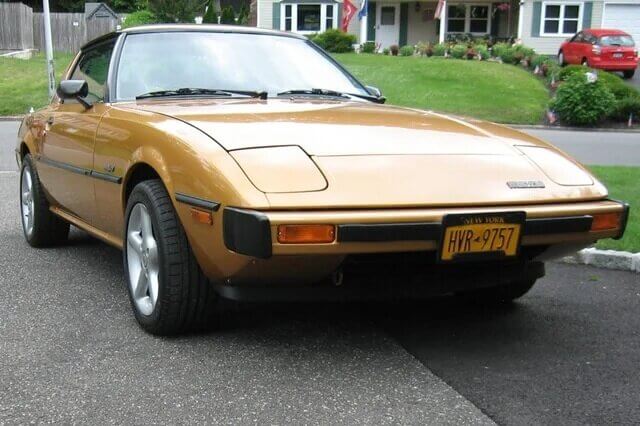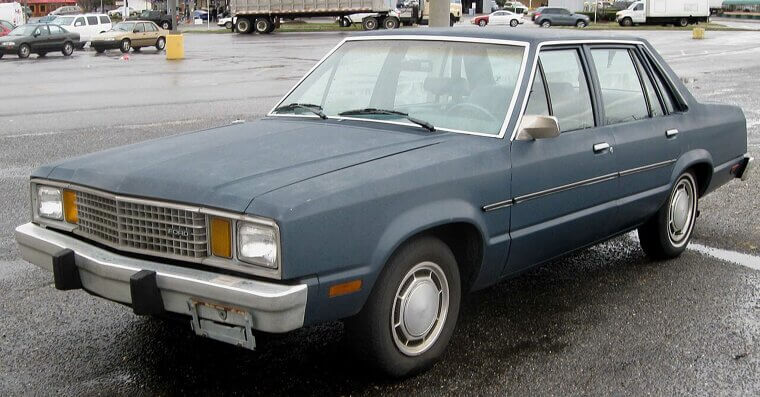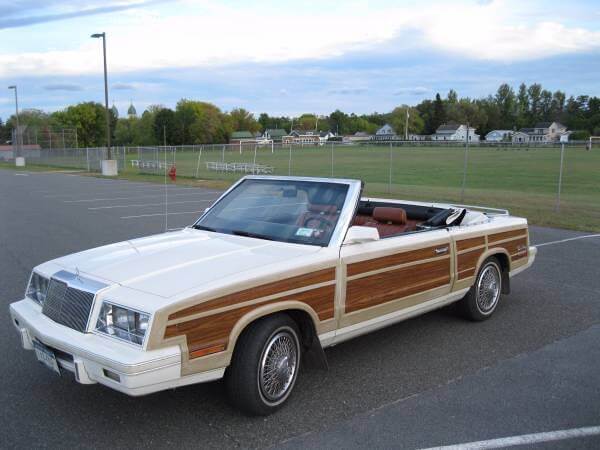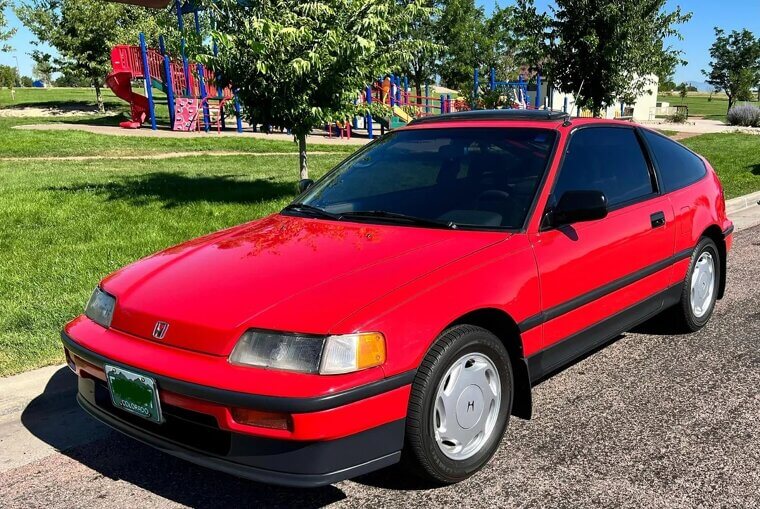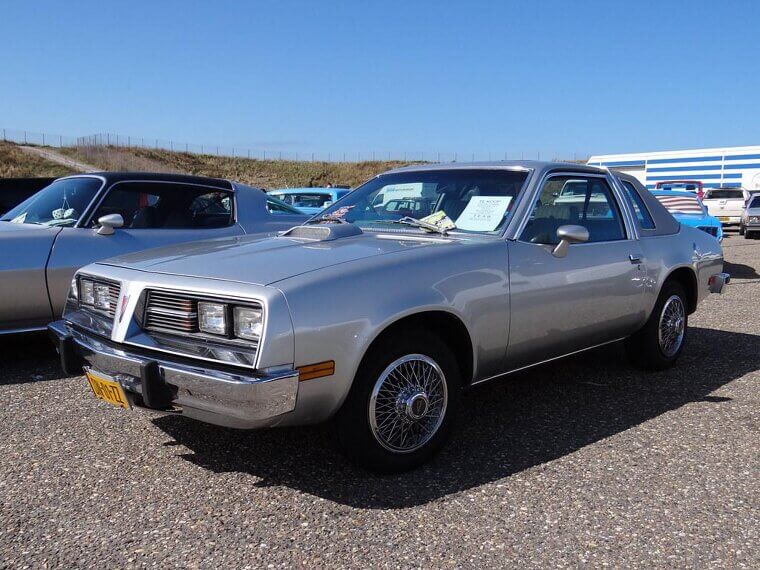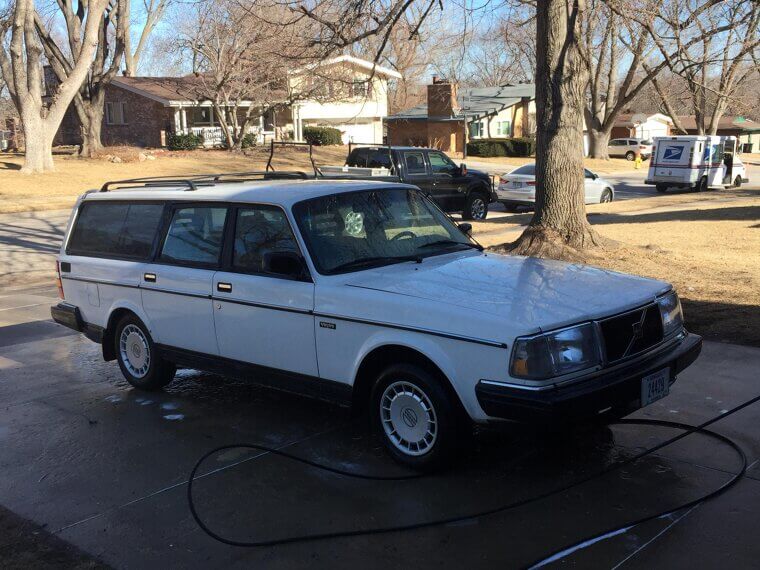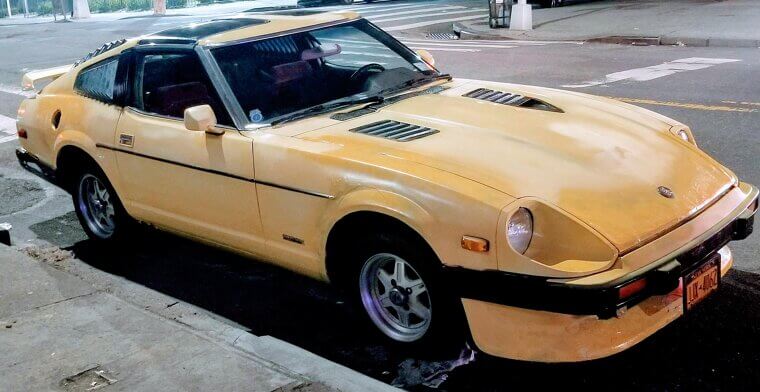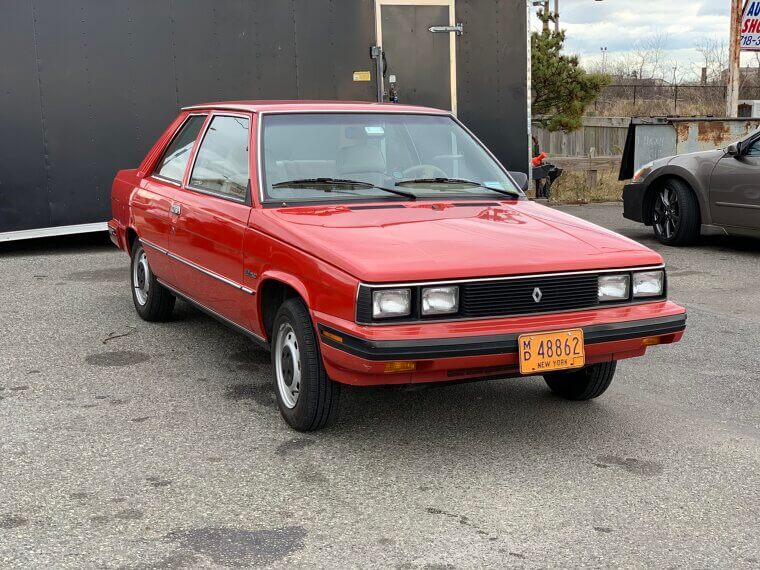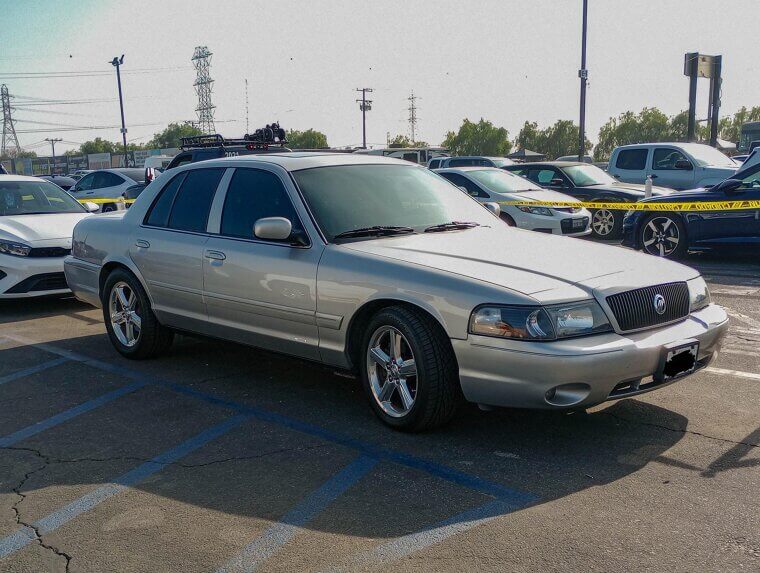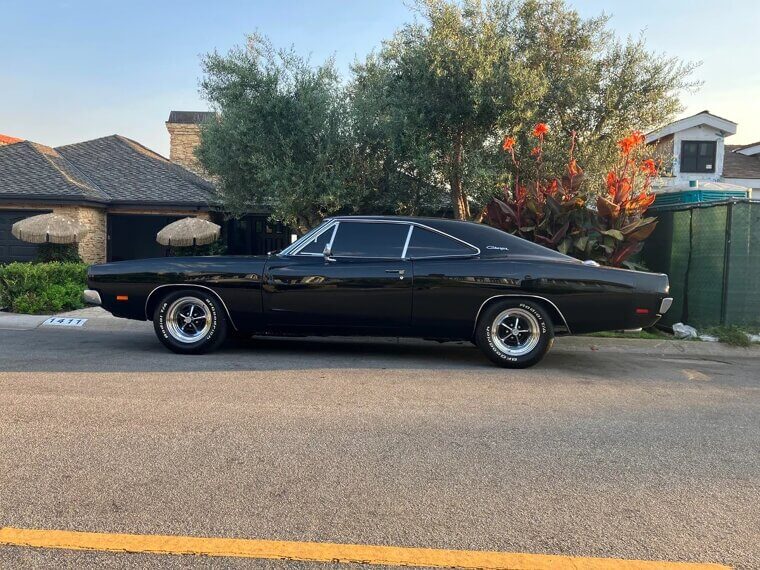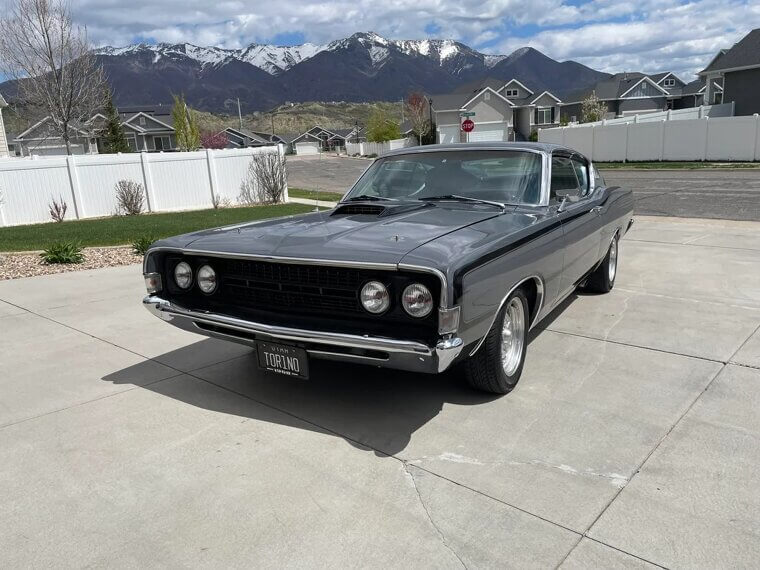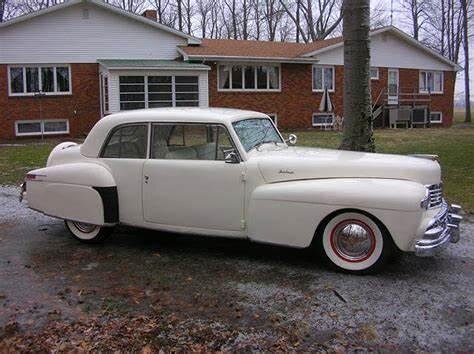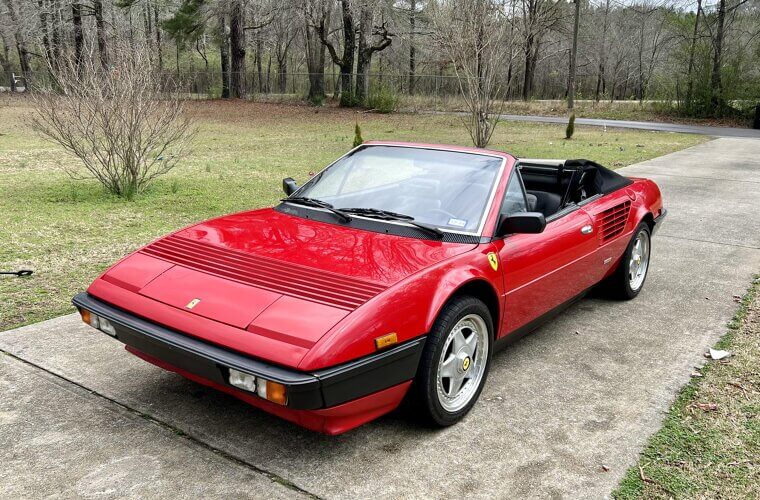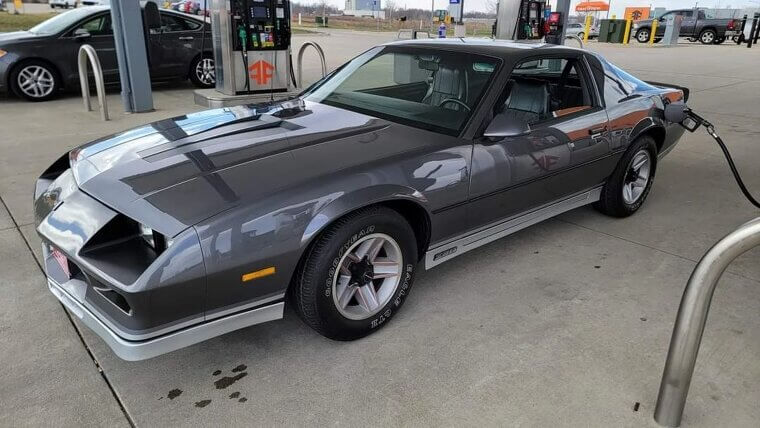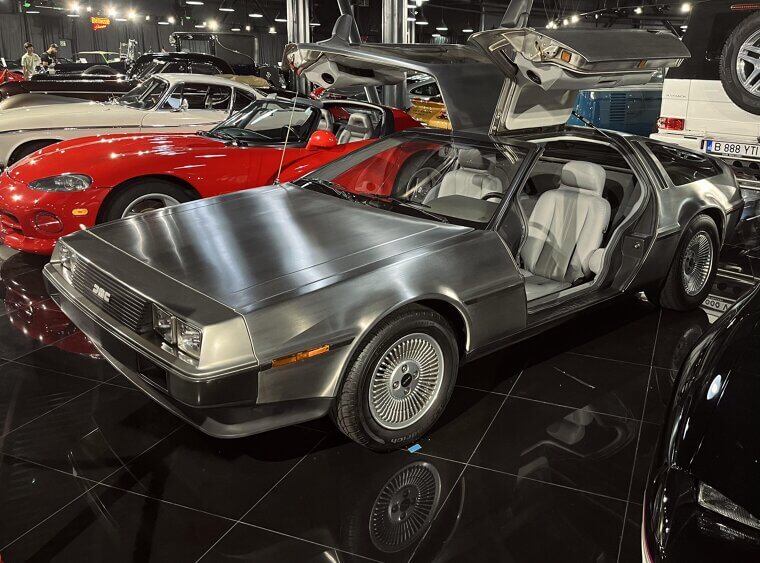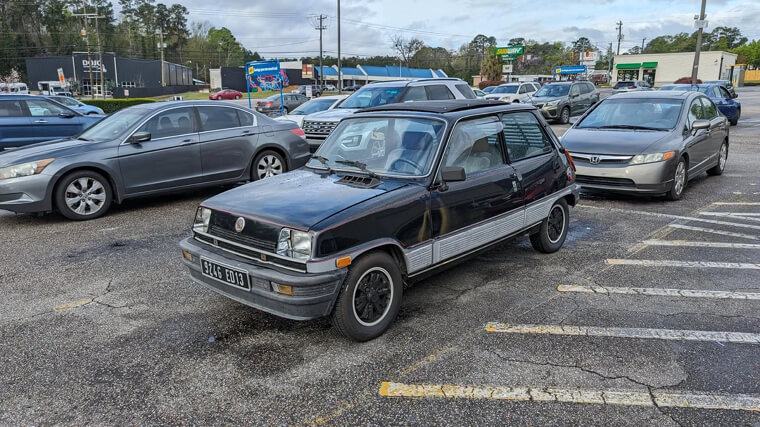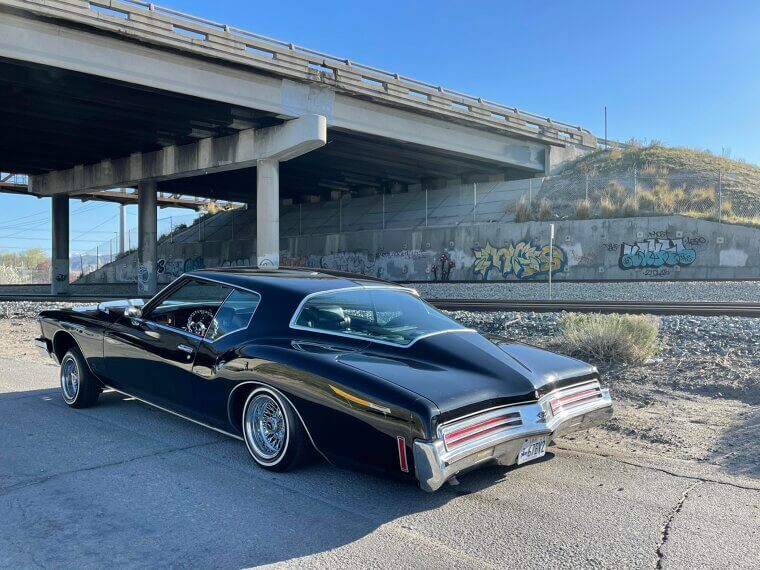Beautiful Collector Cars That Shockingly Became Worthless
Do you collect vintage cars or are you an enthusiast for antique cars? If so, you probably think that all vintage vehicles are valuable. But this isn’t always the case! Continue reading to uncover 35 collector cars that lost their value overnight.
Ford Pinto
In the 1970s, the Ford Pinto gained popularity as a small, affordable car option that was popular with city drivers. This fame, though, didn't last long. The Pinto got a lot of bad reviews because of safety issues, and that was that.
Chevrolet Corvair
Chevrolet debuted the Corvair in the 1960s, a distinctive vehicle with a rear-engine setup that was unprecedented for American cars at the time. However, it soon came under scrutiny because of possible safety issues with how it was handled.
AMC Gremlin
The AMC Gremlin stands out in the 1970s compact car market thanks to its daring and eccentric appearance. Although it was popular at the time because of its nobbly-bobbly shape and affordable price, its value has rapidly declined due to being impractical.
Triumph TR7
When the Triumph TR7 first appeared in the late 1970s, its sharp, wedge-shaped styling caused a lot of controversy among enthusiasts, who either thought it was brilliant or wondered if it was made with a ruler and a grudge. The TR7 was plagued by a number of mechanical issues, despite its promise of a sporty ride.
Fiat X1/9
The Fiat X1/9 made its debut in the 1970s with a distinctive Targa top design, which some claim was simply Fiat's way of ensuring the roof outlasted the engine. However, due to its high maintenance requirements and limited power output, its value diminished overnight. RIP.
’70s Ford Thunderbird
Sure, it was luxurious, but the late 70’s Ford Thunderbird lacked the sportiness of its ancestors. Increasing in size, it was more of a boulevard cruiser than a tire shredder, emphasizing comfort and flair over power. As a result, it lost its value quite quickly.
Volkswagen Karmann Ghia
This car gave the impression of the Beetle's svelte, but like a weaker sibling. The Karmann Ghia was special for its German engineering, but Italian styling; which is what initially interested collectors. However, it had a weak engine.
Pontiac Fiero
The Pontiac Fiero was a bold invention in the 1980s, but its unattractiveness was just one reason its value became nonexistent (it also had overheating problems). Sure, this car looked good, but reliability issues put its value in the mud.
MG MGB
The MG MGB, known for its ease of driving, is one of the most well-liked roadsters in Britain. It's not exactly a rare gem, despite its admirers' affection for it; in England, it's as common as a rainy day, offering it an affordable way to get started with classic British automobiles. But with its commonality comes a loss of real value.
Chevrolet Vega
Chevrolet's Vega was designed to be a cost-effective small car, but its aluminum-block engine was more prone to melting than it was inventive. Its potential was swiftly overshadowed by reliability problems, which caused its popularity (and value) to plummet.
Plymouth Valiant
In the 1960s and 1970s, the Plymouth Valiant was a dependable workhorse that received accolades for its durability. However, it lost its value as a collectible, as it was seen more as a dependable daily driver due to its simplicity and large production numbers.
Jaguar XJ-S
The Jaguar XJ-S is a classic British luxury car with a powerful V12 engine; however, the exorbitant maintenance expenses have deterred many buyers. Due to its constant (and annoying) mechanical issues, the XJ-S is no longer as popular among classic car enthusiasts.
Cadillac Allante
The Cadillac Allante's price tag turned out to be much higher than the vehicle’s capabilities. It was more of an ambitious experiment than a favorite among collectors because, despite its elegant appearance, it struggled to gain traction, which is why its rapid loss of value is understandable.
Buick Reatta
Customers never really liked Buick's attempt to create a sporty two-seater with a digital dashboard. Despite having state-of-the-art high-tech features at the time, the Reatta’s performance did not match its price, which meant its value was in the gutter.
Datsun 210
Because of its dependability and fuel economy, the Datsun 210 is a wise choice, if not very thrilling. Although aficionados value its endurance, it lacks the collector appeal of more ostentatious Datsun models, meaning it just simply does not hold much value.
80’s Mercury Cougar
The 1980s Mercury Cougar was more of a luxury coupe with limited performance rather than the intended muscle car. Due to their widespread use, collector interest in these latter models has been limited, and they are not as valuable as the initial muscle-car versions.
Chevrolet Chevette
Despite being compact and dependable, the Chevrolet Chevette has lost value due to its lackluster appearance and limited power. Although it's a well-liked commuting vehicle, it doesn't quite hit the mark to be considered a high-end classic.
Series 1 Mazda RX-7
Even though the original Mazda RX-7's rotary engine provides an exciting ride, maintaining it can feel like a full-time job. Although its elegance is valued by enthusiasts, its overall value is constrained by its lack of power and high maintenance costs.
Ford Fairmont
In its prime, the Ford Fairmont was a reliable family vehicle, but it lacked the distinctive style to be highly sought after by collectors. Although it is a low-cost classic due to its longevity, it’s more frequently recalled as a workhorse than as a valuable collectible.
Chrysler LeBaron Convertible
The LeBaron Convertible had a smooth and stylish ride, but its elegance was more about comfort than the kinds of thrills that would make it valuable. This enjoyable drop-top cruiser hasn't become a sought-after classic because of its embarrassingly low market value.
Non-Si Honda CRX
The non-Si models of the Honda CRX lack the performance that makes other models more desirable, despite the fact that it was a popular small car with a reputation for being lightweight and fuel-efficient.
Pontiac Sunbird
The Pontiac Sunbird is a reasonably priced yet unsightly vehicle because it puts functionality before style (sorry). Its moderate performance and understated look have kept its collector appeal firmly in the slow lane, while sportier Pontiac models surpassed it miles ago.
Volvo 240
Despite being applauded for its durability, the 240 was designed for utility rather than impressive appearance. You might already know this car has a lot of fans, but that’s exactly the reason its value dropped. The car is simply too common to be considered valuable in collector’s eyes.
Nissan 280ZX
Sure, the 280ZX succeeded in elegance, but it sacrificed the 240Z's sportiness in favor of a smoother ride; a bit like a grand tourer that had forgotten its racing background. Its oddly-shaped build made it less appealing to collectors. Ouch!
Renault Alliance
This car was once appreciated for its practical features and fuel efficiency, but it sorely failed to establish a solid reputation. It has also failed in attracting value due to its eyesore looks and less-than-ideal performance.
Chevrolet Caprice
The Chevrolet Caprice was first revealed to the eager public in the ‘60s; but it turned out to be a huge letdown. The flagship model's generous size, comfort, and a huge range of engines drew enthusiasts in. but in 1965, the want for those big cars that swallow gas at ridiculous speeds left, leaving them worthless.
‘64 Mercury Marauder
The 1964 Mercury Marauder aimed to carve out a niche in the full-size performance market by combining power, comfort, and style. However, despite this, its value plummeted shortly after it was released, demonstrating that not even luxury and strength could keep it out of the bargain bin.
Dodge Charger
The original Dodge Charger is, without a doubt, one of the most important muscle vehicles ever made. Unbelievably, some of this car icon's variations are not nearly as valuable as the rarest trim levels. The Charger has rapidly depreciated in certain later models, especially those with weaker engines.
Ford Torino
The Ford Torino's track heritage was proven by the Talladega version, which secured its place in NASCAR. But despite its racing glory, its value didn't hold up; it turns out that a trophy case doesn't always translate into a high selling price. This car’s performance simply couldn’t keep up with the times.
Lincoln Continental
This car's history began in the late 1930s, and as one of Lincoln's flagship models, it immediately became famous for its driving experience, roomy cabin, and exquisite styling. Over time, the Continental has seen a jaw-dropping decline in worth.
Ferrari Mondial
Although enthusiasts weren't specifically searching for a four-seater, Ferrari attempted to be more pragmatic with the Mondial - risky! Sure, it served a more attainable version of the Prancing Horse when it was released in 1980, but its hopeful enthusiasts ended up seeing it more as a family car that no one asked for.
Chevrolet Camaro Z28
With the introduction of this muscle car in the early 1980s, the Camaro received a much-needed makeover; but did the “glow up” do its job? A new aerodynamic design and multiple V8 engine options were both features of the new Camaro. But shortly after its release, the third generation's value fell due to pocket-emptying reliability issues.
DeLorean DMC-12
The DeLorean DMC-12 gained international adoration after being a key part of the "Back to the Future" movies. It was a futuristic car with gull-wing doors and a stainless steel body, but was that enough? Heartbreakingly, the lavish look of the DeLorean did not correspond with its actual functionality.
Renault Le Car
In 1972, the Renault Le Car made its premiere as a small yet handy hatchback. Due to its useful design and overall affordability, this car was once the go-to little hatchback (believe it or not!) Owners soon realized that the Le Car’s reliability was almost as bad as its name.
Buick Riviera
The Riviera was introduced as Buick's flagship model, fusing innovation and fashion. The Boat Tail is among the most iconic variants of the vehicle, and we can see why! We can all agree this car has a beautiful exterior, but it still experiences severe value depreciation.

